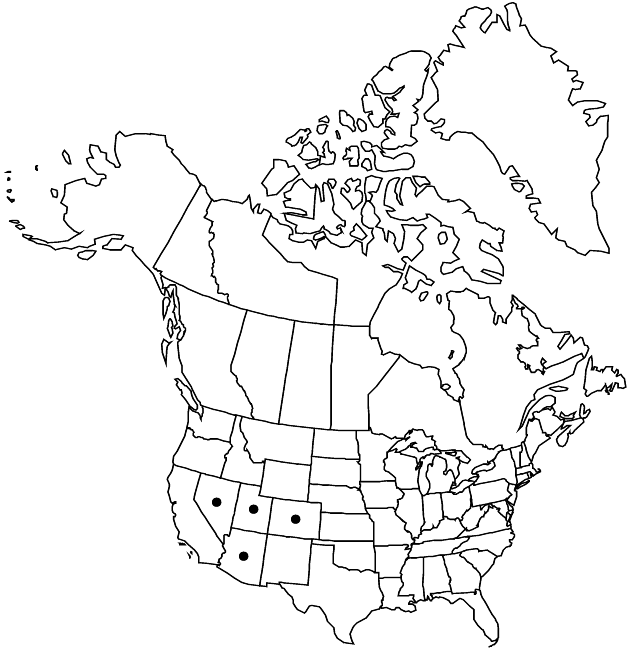familyAsteraceae
genusHelianthus
speciesHelianthus petiolaris
subspeciesHelianthus petiolaris subsp. fallax
Difference between revisions of "Helianthus petiolaris subsp. fallax"
Rhodora 60: 279, fig. 3. 1958.
FNA>Volume Importer |
FNA>Volume Importer |
||
| Line 46: | Line 46: | ||
|publication year=1958 | |publication year=1958 | ||
|special status= | |special status= | ||
| − | |source xml=https://jpend@bitbucket.org/aafc-mbb/fna-data-curation.git/src/ | + | |source xml=https://jpend@bitbucket.org/aafc-mbb/fna-data-curation.git/src/8f726806613d60c220dc4493de13607dd3150896/coarse_grained_fna_xml/V19-20-21/V21_361.xml |
|tribe=Asteraceae tribe Heliantheae | |tribe=Asteraceae tribe Heliantheae | ||
|subtribe=Asteraceae (tribe Heliantheae) subtribe Helianthinae | |subtribe=Asteraceae (tribe Heliantheae) subtribe Helianthinae | ||
Revision as of 16:34, 18 September 2019
Stems usually ± hispid, rarely ± hirsute to glabrate. Leaves: abaxial faces sparsely, if at all, gland-dotted. Peduncles usually with leafy bracts subtending heads. Phyllaries 2–3.5 mm wide. Disc corollas: throats gradually narrowed distal to slight, not densely hairy basal bulges. 2n = 34.
Phenology: Flowering summer–fall.
Habitat: Dry, open areas
Elevation: 1200–2500 m
Distribution

Ariz., Colo., Nev., Utah.
Discussion
Selected References
None.
Lower Taxa
None.